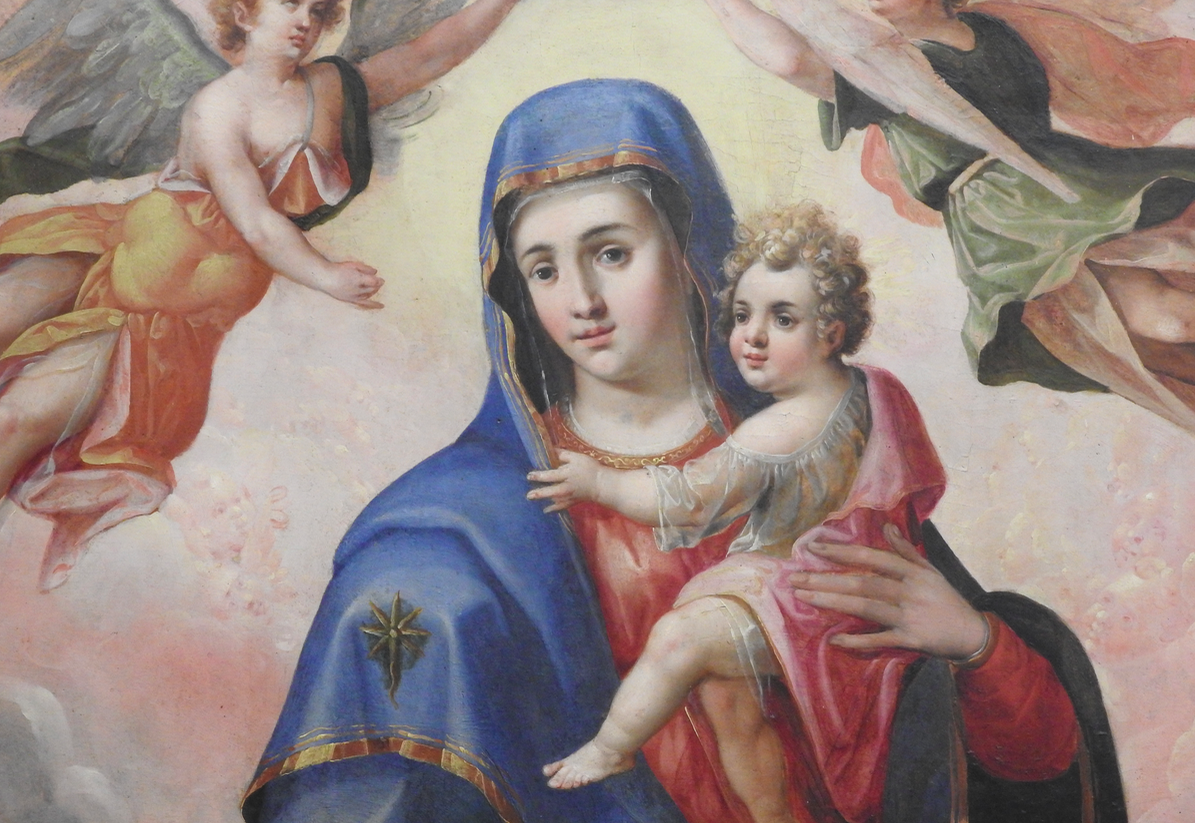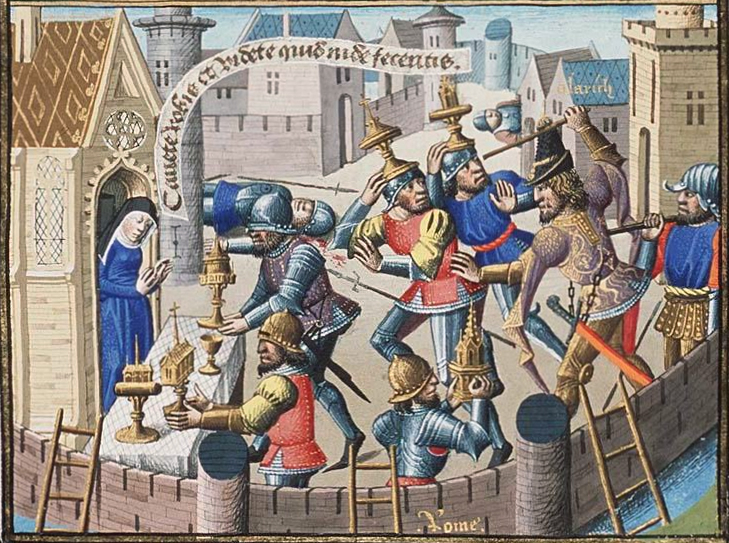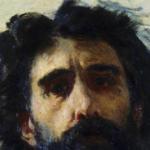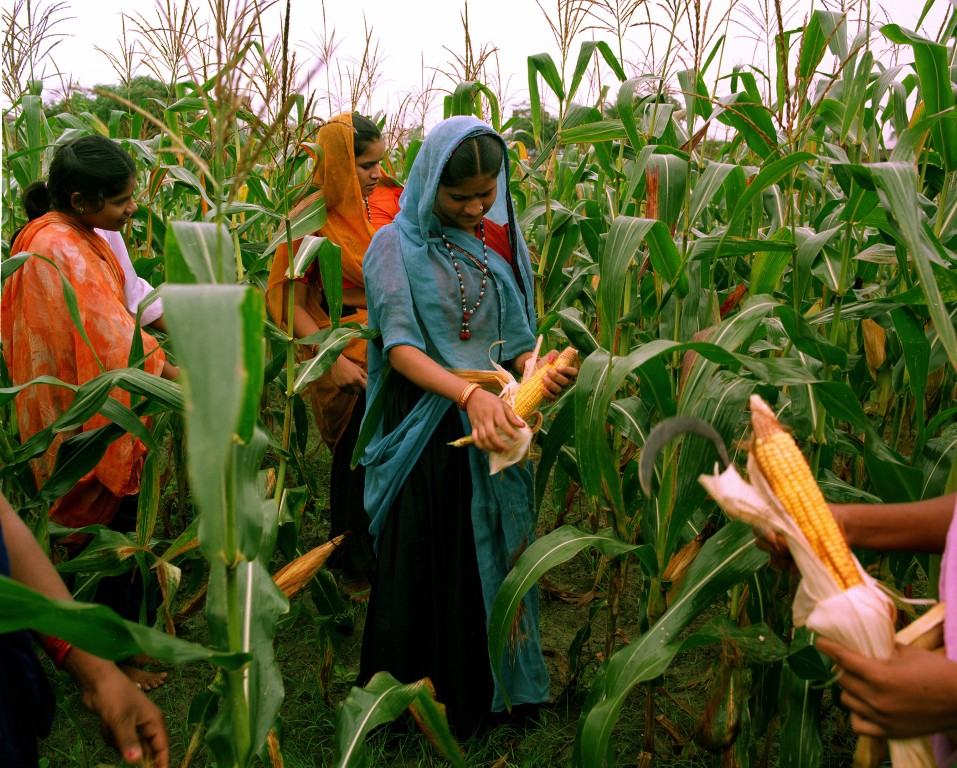
Il Drago and Luigi Capuana’s search for redemption
Luigi Capuana was a nineteenth century writer. His work, The Old Dragon (Il Drago), although an apparently light children’s story, carries a poignant loss and search for redemption. In a strange way the story is a “might have been” of Luigi Capuana’s life and of the children he never admitted as his own.
Luigi Capuana, Giuseppina Sansone and their children
Giuseppina Sansone is central, although whether she is portrayed in the story is debatable. She is a love of much Luigi Capuana’s life.
He met her at age 37 and she was an unmarried partner for the next twenty years. She is almost entirely invisible, while he is a noted Italian author of “verismo” – an Italian literary movement of the late nineteenth century searching for “realism” in writing. It tried to project the lives of people as they were lived. Giuseppina is invisible because she is of the wrong class: she is poor. She is a domestic in Capuana’s employ. That she is an “illiterate” is virtually all we learn about her. Capuana does not marry her, though they have “numerous” children (all unnamed in accessible biographies of his life). All these children end up in an orphanage in Caltagirone, not far from Capuana’s home in Mineo, Sicily. Finally in 1892, Giuseppina (at Capuana’s insistence) marries another man of her own class.
In the brief references to the lived anguish these events must represent, they are politely explained away by the impossibility of crossing class barriers in the society of the time. In such tellings, Capuana is written as a victim of rigid social laws he could not traverse. There is a complexity here. Of course Luigi Capuana and Giuseppina Sansone were caught within the expectations of their time – particularly of family. Whose voices influenced Capuana’s choices? What was at stake? Who stood to benefit or lose? What were the broader consequences beyond immediate family? What was Capuana’s own understanding of his responsibilities to Giuseppina and his children? What religious and social mores were at play? We also know nothing of Giuseppina’s agency in all this. What was her power or powerlessness? Of course these unexplored questions are central to what happened to this family that might have been and never was.
A small hint comes through two short sentences early in Il Drago. “I’m not their relative, and I have no such obligation. They’re not even boys.” We don’t know the gender of the children that Capuana and Sansone had, but perhaps their gender was a factor. But also, clearly, here is acknowledgement of a breach of a basic familial obligation to one’s own. It appears in a story written for children.
Capuana wrote many works, among them a collection of short stories titled The Old Dragon and Five Other Stories for Children (Il Drago e cinque altre storie per fanciulli). As far as I am aware it has not been translated into English. The Old Dragon is the first in the collection, and in the verismo style it is a story of the characters that might be encountered in the rural Sicily of the end of the nineteenth century. For this is the world from which Luigi Capuana comes. It begins with children sitting on a bridge, when a local Don, “the Old Dragon”, comes by. The children are afraid of him for his reputation is fearsome. Yet soon a miracle is to occur. It is one fraught with conflict and pain.
Il Drago – the Old Dragon – Pt 1
by Luigi Capuana (translation Michael Curtotti)
Ooh – look the Old Dragon!
The two children who had been playing near the little wall of the bridge where their aunt had put them to beg for charity from the passersby had quickly seated themselves on the sight of the old man arriving on his donkey. The older one sat on the little wall, and the younger on the ground; and they continued whispering to themselves.
“The Old Dragon! The Old Dragon.”
Don Paolo Drago: dragon by name dragon by nature, the people said. As he drew in front of them he halted his donkey with a gentle tug on the reins.
“What are you doing here?” he asked with a scowl. “Go home. And tell that witch, your aunt: ‘Don Paolo doesn’t want us begging in the streets.’ Go home.”
And as the children didn’t move, he made a growling noise that frightened them.
In fact, that morning, they did move off quietly, and at the corner of the street, they peered back, waiting until Don Paolo headed off. Then jumping up, they returned to their spot, the older sitting on the little wall, and the smaller one on the earth, her hair unkempt, barefooted and with a ragged shirt. The other, who was also barefoot, but a little better dressed, wore a blue headscarf with white polka dots about her head.
The Old Dragon, as they usually called him, lived opposite them, and in the evening when he returned from his fields, he found them outside his house and would ask the older one, with his usual harsh tone:
“Where is that witch, your aunt?”
“She is out.”
“Did you tell her that Don Paolo said that he doesn’t want us to beg in the streets?“
“No”
“I’ll tell her myself.”
And he waited at his window for the old lady to return.
Ugly and sweaty, she would arrive with an empty basket on her arm. She arrived muttering quietly to herself and dragging her crooked lame leg. Don Paolo, looking down from his apartment, addressed her from his window.
“How is it that you send these orphans to beg in the streets? Aren’t you ashamed of yourself. Strega! Witch!
“You feed them,” replied the old lady. “You wouldn’t even give a person the skin off a fava bean.”
“I’m not their relative, and I have no such obligation. They’re not even boys!”
And the Witch, signalling the children to enter the house, turned her back on the Old Dragon and disappeared through her doorway.
Sources
Gianni Bonina, Le Donne Passionale di Luigi Capuana
Enrico Malato, Storia della Letteratura Italiana, Vol VI , p 405
Images
From Antonino Gandolfo‘s sketch of Luigi Capuana
Translated then Italian
Sources
Gianni Bonina, Le Donne Passionale di Luigi Capuana
Enrico Malato, Storia della Letteratura Italiana, Vol VI , p 405
Giuseppina Robuschi, Luigi Capuana Scittore per L’Infanzia
Images






